Want to get the very best out of your ground-breaking Toyota hybrid? We’ve gathered a number of hybrid driving hints and tips that will help you to get the best from the system, improving fuel consumption and getting you further for less.
Whichever Toyota hybrid you’ve set your heart on, the following tips and pointers should maximise the range and fuel economy of your Toyota.
The basics
It’s not just hybrids that benefit from the first seven tips – these will help to improve any car’s fuel efficiency:
- Clear out the boot! Keeping the boot free of unnecessary weight will give your car and immediate boost in performance and economy.
- Check your tyre pressures – dig out your owner’s manual, and do a weekly check to ensure that your tyres are correctly inflated in line with Toyota’s recommendation. Or read our handy tyre pressures article here.
- Think ahead – by planning your journeys, you can avoid traffic jams and minimise the likelihood of getting lost.
- Shut up! Closing the windows and sun roof at speeds above 45mph will reduce drag, reducing fuel consumption.
- Remove unused roof racks, boxes and bike racks – they’re a real drag too!
- Steady as she goes – maintain a steady speed and don’t go over the speed limit.
- Smoothly does it! Try to avoid sudden braking or acceleration.
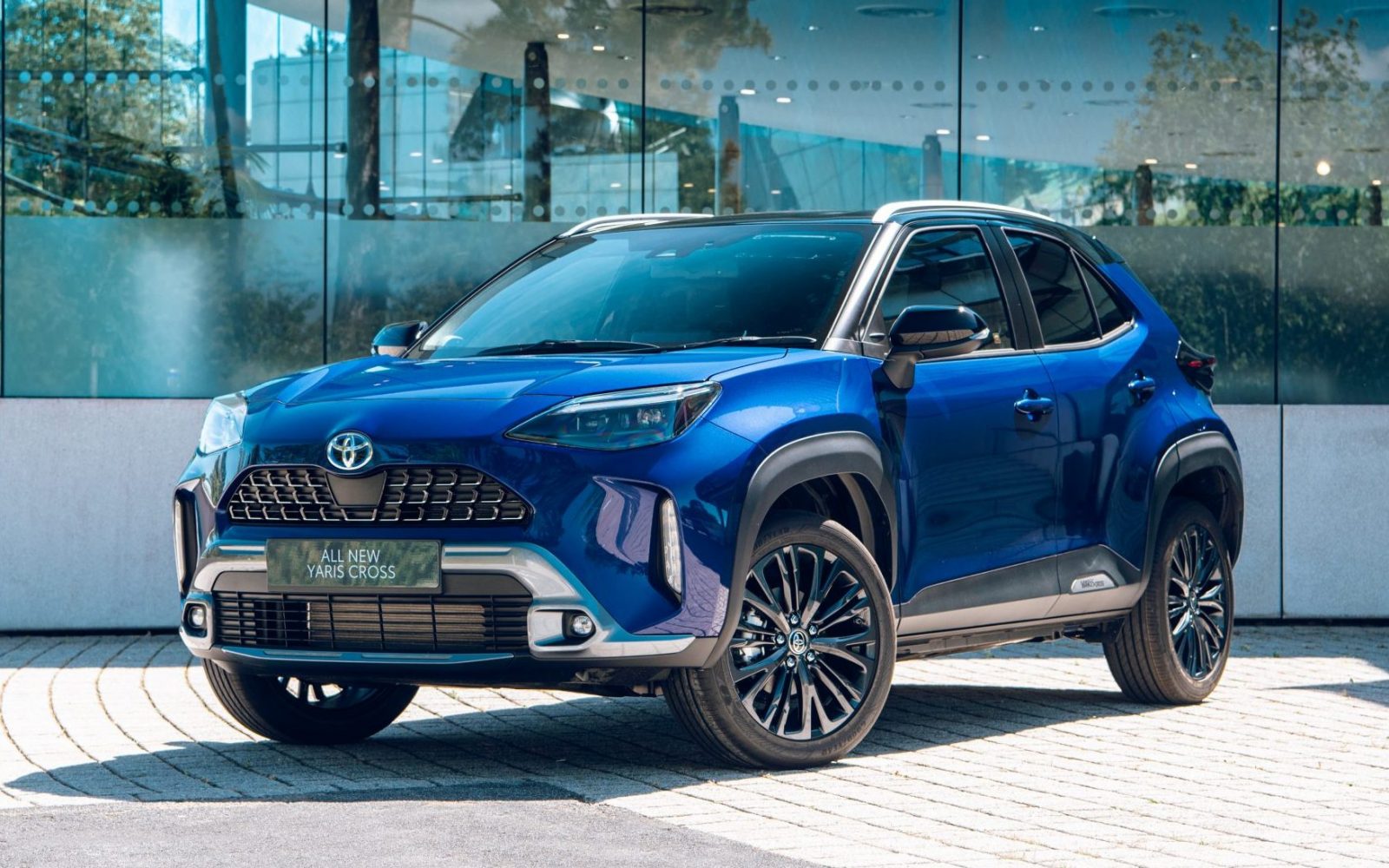
Hybrid driving: hybrid-specific tips
Sorry everyone else, but these tips are for hybrids only:
- Become familiar with the hybrid information display so you can know how much energy is being used.
- EV does it! Keep the car in EV mode as much as possible by using the accelerator gently, pressing it lightly but consistently.
- Improve efficiency with ECO mode, which reduces aggressive throttle response.
- Harvest time – braking gently and early helps the regenerative braking harvest more energy, which means EV mode can operate for longer periods.
- Keep an eye on the dials and gauges to fully understand the hybrid system and manage the charge levels in the hybrid’s high-voltage battery.
- If you’re in stop-start traffic, don’t put the car in neutral (‘N’) when stationary, as electricity will not be generated and the hybrid battery will discharge.
- Consider using cruise control (where fitted) to maintain steady speeds.
- When using climate control, Re-circulate mode reduces energy usage.
- Think about the environment! Constant or heavy use of systems like air-con, lights and wipers will increase energy consumption.
Hybrid driving: drive modes
Toyota hybrids have four drive modes: Normal, EV, Eco and Power. When you first start your hybrid, the car defaults to the ‘Normal’ drive mode, which automatically manages the most efficient use of both the engine and the battery.
Drivers can also select one of the car’s on-demand drive modes to achieve better fuel consumption in certain settings.

These drive modes are: EV Mode where the car is powered by the battery only during city driving, running near-silent and with no tailpipe emissions; Eco Mode that reduces A/C output and lessens throttle response to limit harsh acceleration; and Power Mode which boosts acceleration by using the hybrid battery to assist the petrol engine.
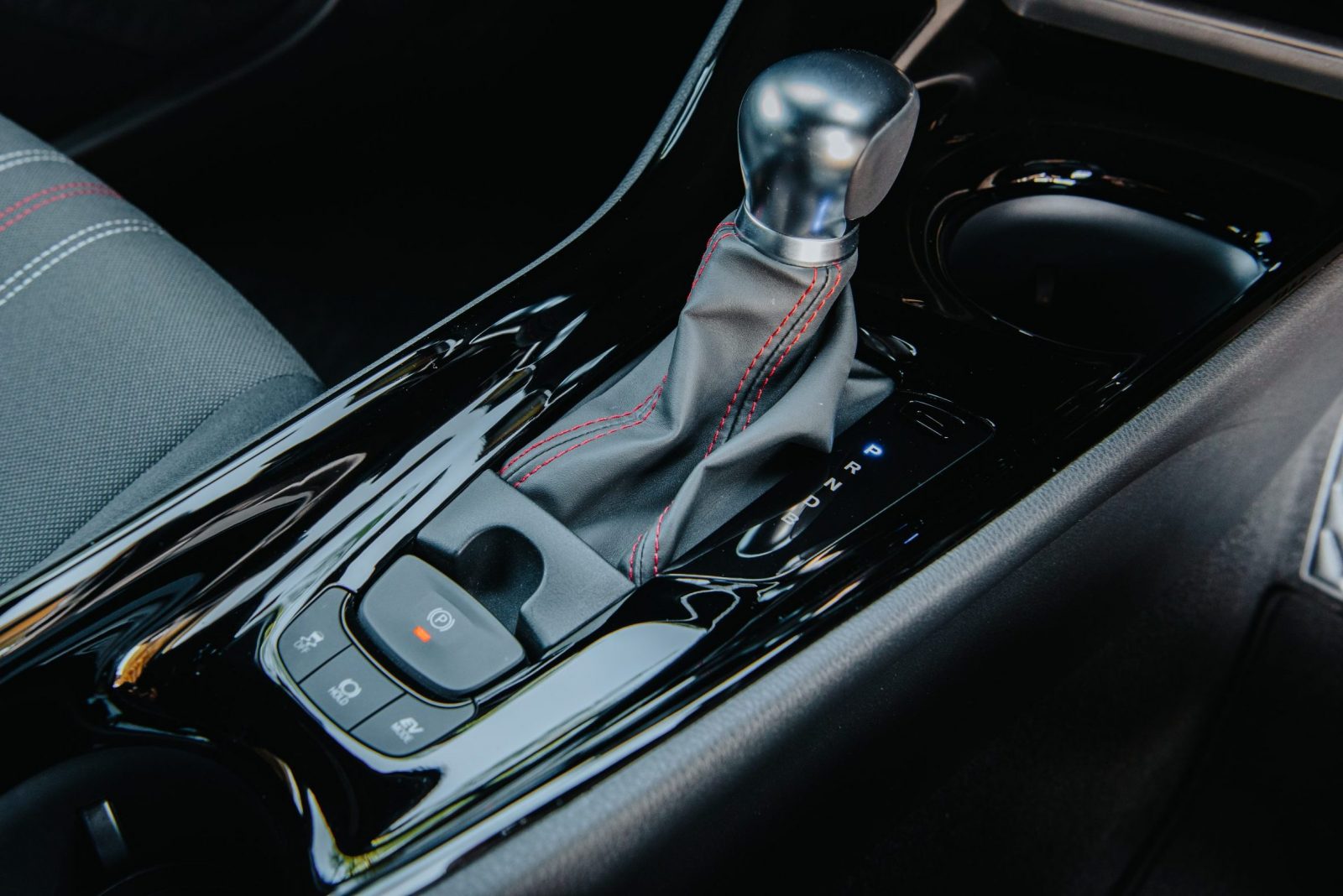
The shift lever offers four positions: R (Reverse), N (neutral), B (engine braking) and D (drive). For normal driving, D (drive) is absolutely fine, but should you need it, position B has the effect of engine-braking handy when descending a steep hill, for example. It’s not recommended to leave the car in position B for normal driving, mainly because you’d end up using more fuel than necessary!
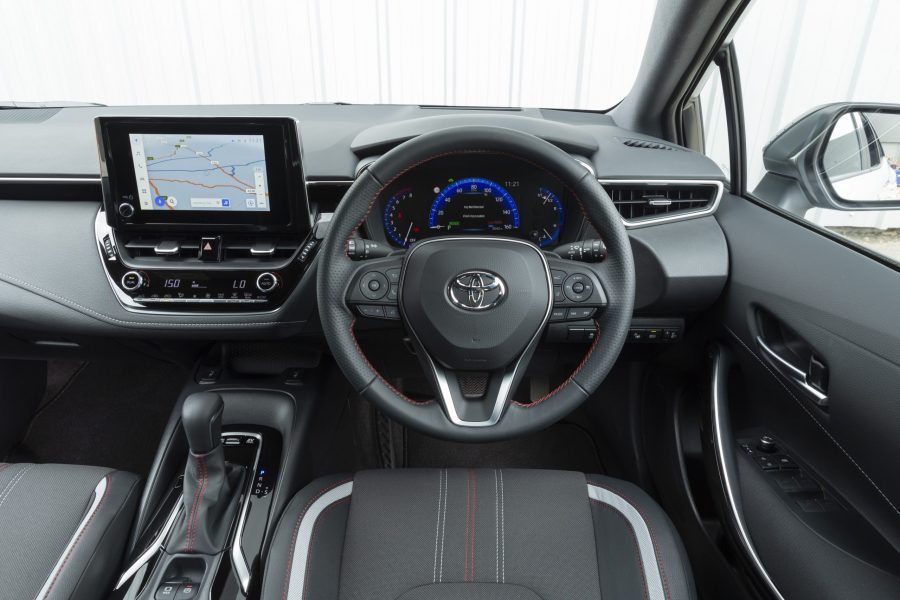
Hybrid driving: read the road ahead
Another great hybrid driving tip is to use the car’s battery whenever possible.
Another great hybrid driving tip is to use the car’s battery whenever possible. You can do this in town and urban driving by accelerating to your required speed, easing off the accelerator and then gently easing the accelerator on again. By doing this, you can activate EV mode – indicated by the dashboard light – which means that the engine has switched off and you are using the electric battery.
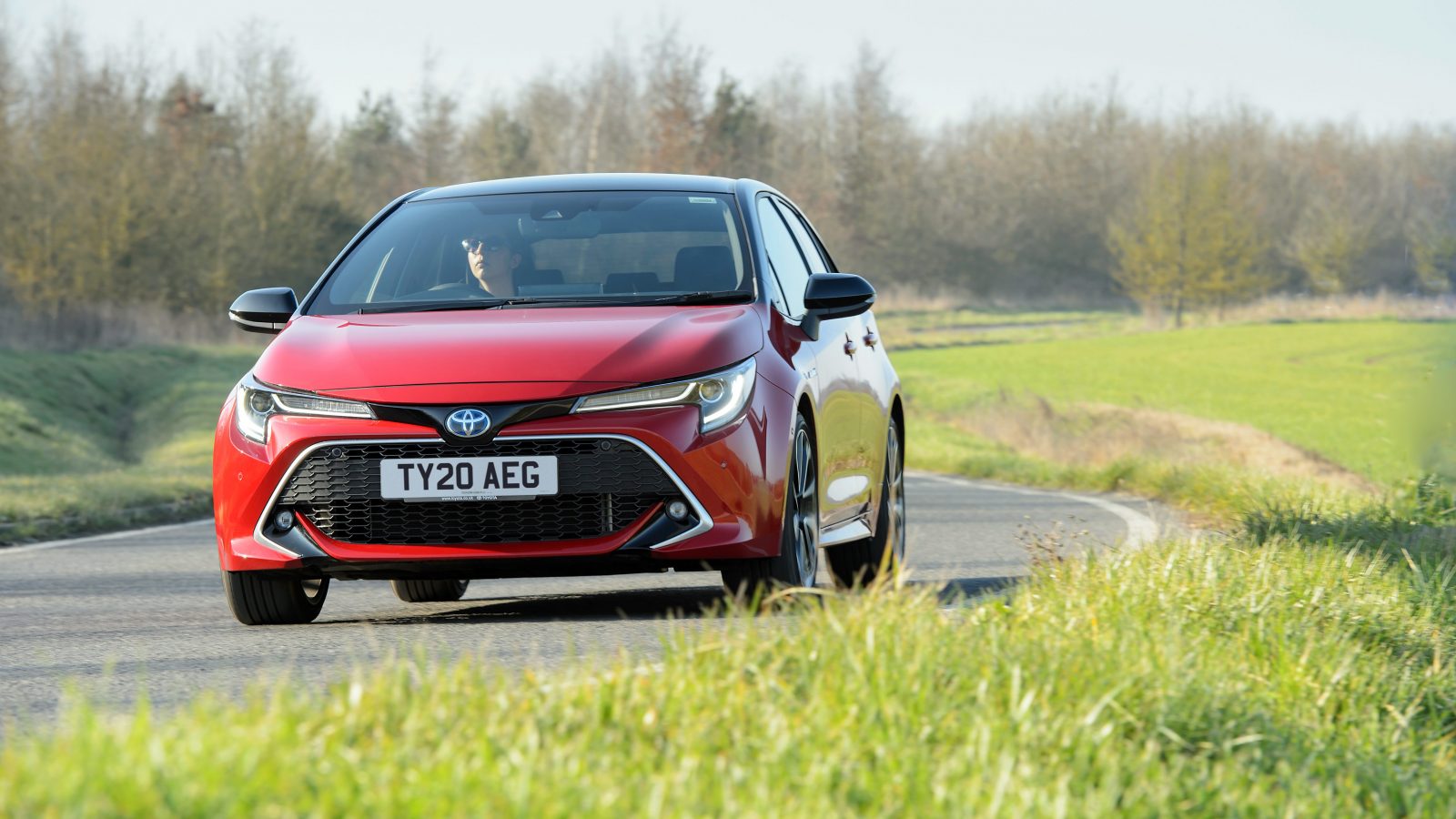
Try to maintain a constant speed and, as always, it’s important to read the road ahead. By doing this, you can reduce the amount of unnecessary braking and accelerating, using less fuel. Braking slowly and gently also maximises the amount of energy recovered by the regenerative braking system on the car.
Other factors to consider
Bear in mind that there are many factors that can affect a car’s performance, hybrid included. On cold days, your car will use more fuel as it warms up, but once it’s reached its optimum temperature, the MPG figures will increase.
Also, during the winter, you’re more likely to be using the air-conditioning, lights and wipers, all of which will use some electrical power from the battery. If you regularly travel the same route, don’t be surprised if you get better MPG figures during the summer than in the winter!
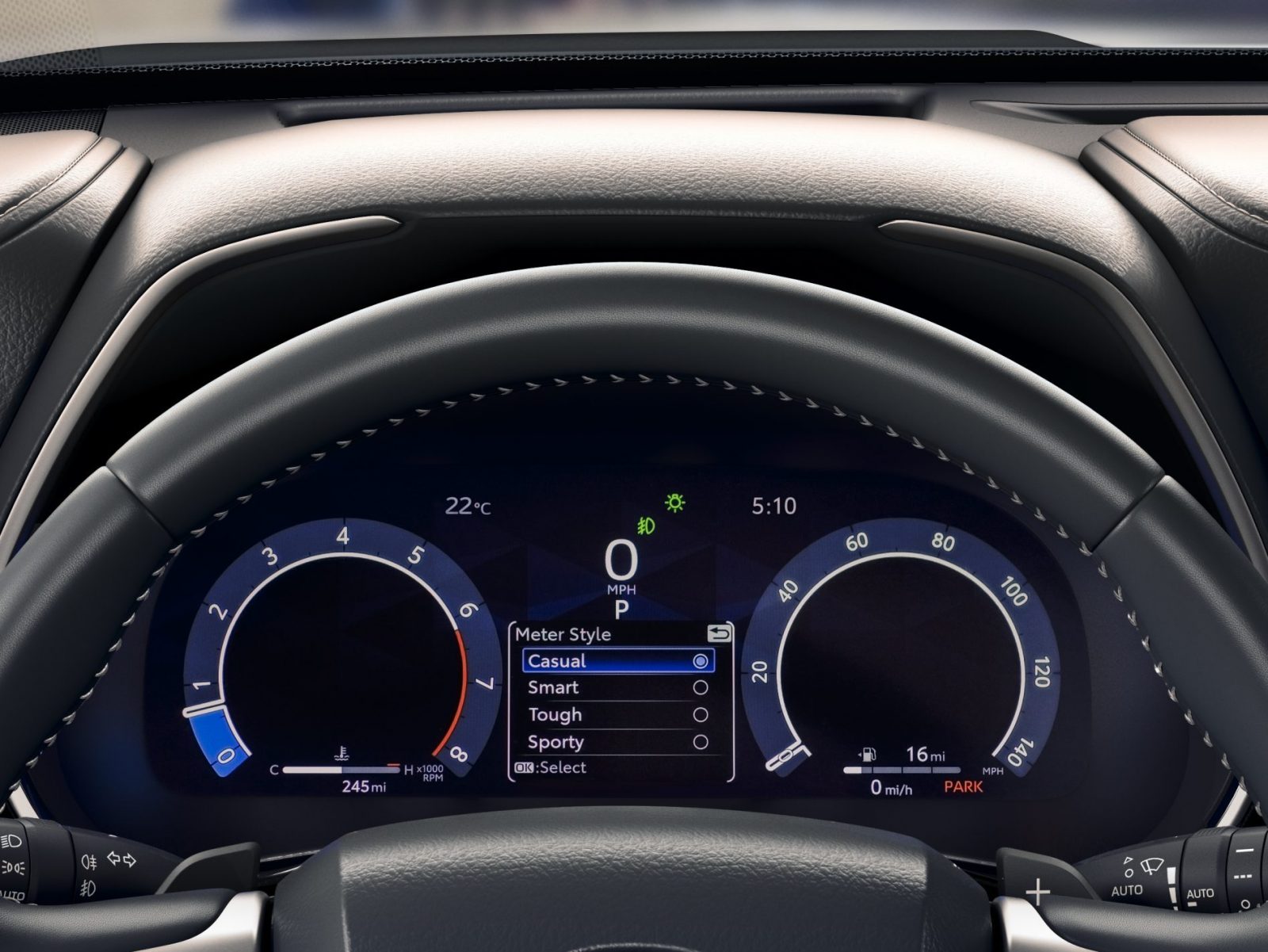
If you’d like more hybrid driving tips or want to discuss your driving technique with other hybrid owners, it’s worth visiting the Hypermiler website.
As a final note, please remember that these hybrid driving tips are published as general guidance on how to get the best fuel economy from your Toyota hybrid. Toyota encourages and supports safe driving at all times – please adhere to the rules of the road.
Read more: Toyota hybrid – how does it work?
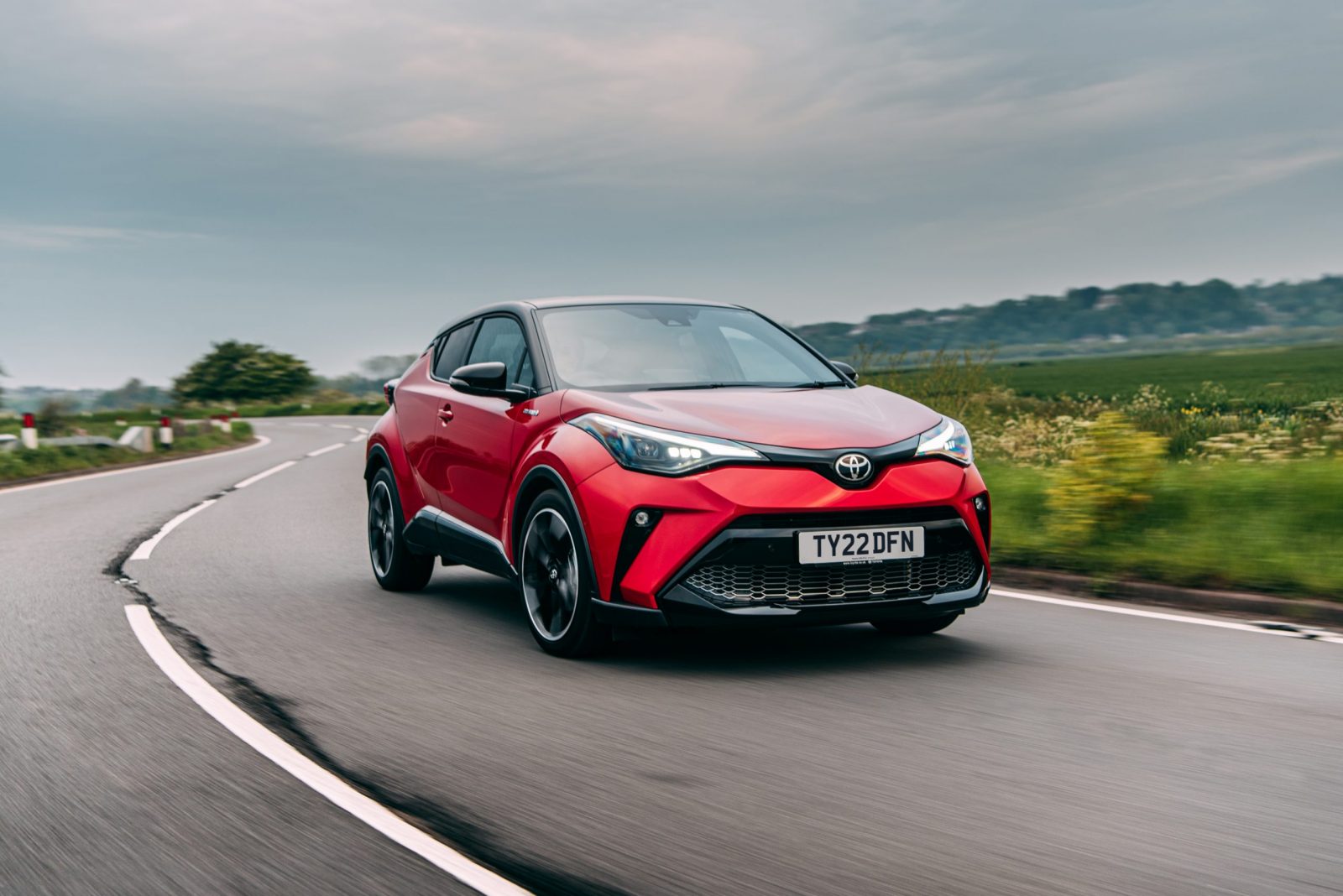
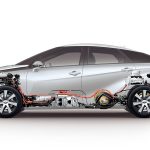

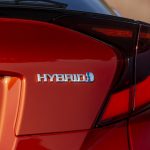




I have a new Yarris 2020 model, and I had trouble getting the trip figures as stated. Went into the dealer where the sales person set the computor to show fuel usage at end of each trip.. I found the figures are achievable, that they state..
My wife drives less than 2 miles to work each day not going above 40mph.Its a fairly straight run with minimal stop starts, no hills.Would the car ever get self charged enough to use the battery mainly?
Hi Andy, thanks for your comment.
Your Wife would still be able to benefit from the use of the Hybrid engine. The concern comes with the same as any combustion vehicle – stress on the starter battery. Regularly completing such short journeys does not allow the starter battery enough time to full recharge, especially when running a lot of electronics too. However, if you cannot accommodate a longer journey you can leave the vehicle in ‘ready’ mode once a week which should allow everything to get up and running.
This blog post is worth a browse: https://fal.cn/37py6
Thanks
We regularly get 88-95 percent when driving our 1.8 Corolla GR.What is the best we can get as the maximum we get is 95.Want to keep beating the wife’s score.
Hi Simon,
Thanks for your comment.
We’d recommend following the tips listed in the blog post above in order to maximise your hybrid driving score.
We wish you the best of luck in your competition.
Thanks.
Doesn’t really answer my question .What is the maximum you can get.Is there such a thing as 100%
Hi Simon,
Thanks for your reply.
It is in theory possible to achieve a score of 100. However, you will be very unlikely to achieve this due to external factors such as the road conditions, wind resistance and electrical consumers that are active.
95 is still a very high score that most other drivers cannot achieve – well done!
Thanks.
Hi, i have Estima hybrid.
what is ready mode please. I see the light illuminated on dash.
Plus also after select ev mode and when my engine “kicks” back in I get warning lights over my dash too.
Will my local toyota dealer assist or will they refuse as its an import
Hi Darren,
READY just means that the car is on and ready to drive. This feature is on the car because when you start or end a journey, the vehicle can be in EV mode, therefore silent. It’s just a visual hint really.
Regarding getting your vehicle looked at, we can’t speak for the centre. We recommend getting in touch with them to find out.
Thanks
I have a Yaris hybrid from March 2017. If I use the car in EV mode will I ever run out of battery power or will the engine kick in to recharge when needed?
Hi,
The engine will turn on when the battery has run out. The car is smart and will go into EV mode when it is possible. We don’t really recommend forcing it as it won’t necessarily improve efficiency.
Thanks
I am planning to buy a Petrol/ Hybrid Yaris, driving 80 miles/ week on the motorway. Is it ideal to but this car.
Hi Antony,
Thanks for considering the Yaris Hybrid.
We can provide mpg figures from the WLTP test. Within that test, vehicles are driven at 60mph. The figure the latest Yaris Hybrid achieves is 76.35mpg for a low specification model and 72.43mpg for a high specification model. The difference is due to weight of extra equipment and bigger wheels etc on higher spec models.
These figures still aren’t 100% representative of real world driving. It is impossible for them to take into account the myriad of external factors experienced by different people on their various journeys all the around the country.
We recommend a test drive, with some motorway driving included on the route, to see for yourself.
You can find them here: https://www.toyota.co.uk/forms-v2/forms?tab=pane-dealer
Have just purchased hylander in love with it, but nervous as seems to be using alot of petrol , more than I would have anticipated… am a district nurse so driving alot.. stopping and starting.. Reading up here re EV mode etc, lights saying my hybrid battery is low at present. Any more tips please and thank u 😍
Hi Kelly,
Thanks for your comment and congratulations on your new Highlander!
As with any vehicle, minimising hard acceleration, keeping your overall speed down, maintaining a smooth, constant speed whenever possible will help to improve fuel economy.
However, if you believe that there is something wrong with your vehicle, your nearest Toyota Centre will be able to look over it for you and make any necessary recommendations.
Thanks.
Which mode is best for long distance motorway driving – Eco Mode or normal?
Hi Kek,
Thanks for your comment.
When Eco Mode is on, throttle response is lessened to limit harsh acceleration. Further to this, air conditioning, heated seats, and other instruments that use power in your vehicle are regulated. This means the engine isn’t working as hard to drive and power all of those instruments, therefore contributing to better fuel efficiency.
Although, Eco Mode is not ideal in a situation in which power is needed, such as accelerating past people on the motorway.
So in terms of fuel efficiency, Eco Mode is best wherever you are driving, but this will sacrifice some of the vehicle’s power which may be useful when driving on a motorway.
Thanks.
A new thing to learn about this article. Thank you for sharing the information.
I have had a Corolla hatchback for a month now and loving it. A 100 percent driving score is possible: I achieved that on a short journey to fill up with petrol as I kept to a very low speed. Usually I get between 60 and 70 as a score.
I have 3 modes: normal, sport and eco. When is it best to use which? Most of my driving is on country lanes or main roads and motorways.
Hi Liz,
Thanks for your comment. We are glad to hear that your Corolla Hatchback is serving you well!
Normal drive mode automatically manages the most efficient use of both the engine and the battery.
Eco is the most fuel efficient drive mode, which reduces A/C output and lessens throttle response to limit harsh acceleration.
Although, Eco Mode is not ideal in a situation in which power is needed, such as accelerating past people on the motorway.
This is where sport mode is useful, which boosts acceleration by using the hybrid battery to assist the petrol engine.
Overall, eco mode is the most fuel efficient wherever you are driving, but this will sacrifice some of the vehicle’s power which may be useful when driving on a motorway.
Please let us know if you have any further questions.
Thanks.